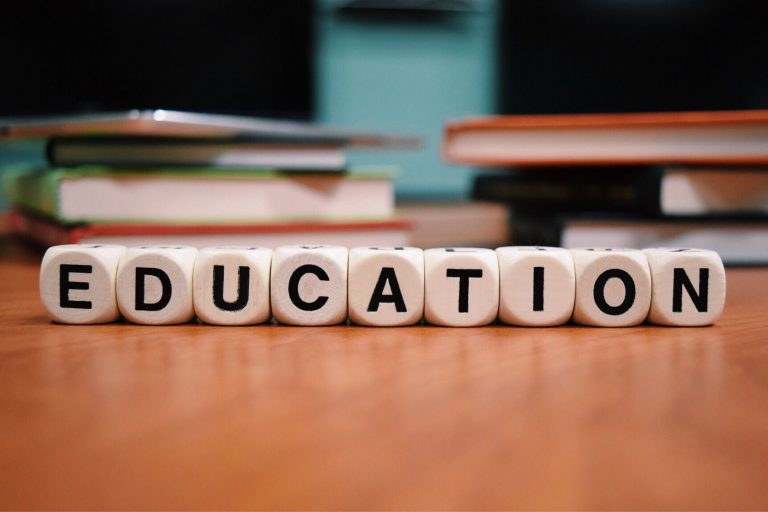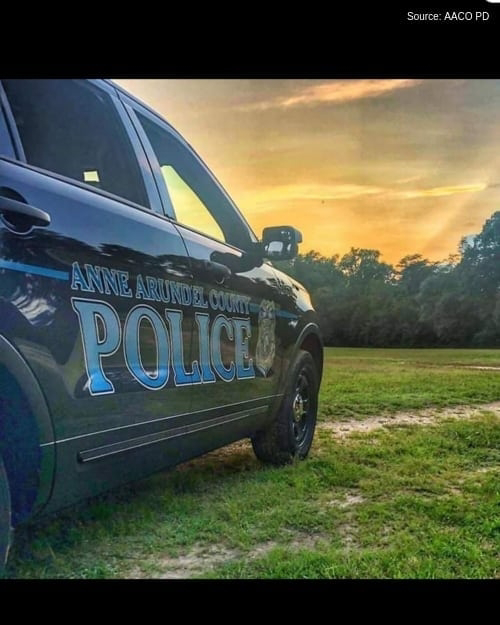State Board of Education: Schools can open safely according to leading health experts
At today’s meeting of the Maryland State Board of Education, the State’s education leaders continued to focus on school year 20-21 priorities in the pandemic environment, and the return to in-person instruction.
Maryland State Department of Education (MSDE) Superintendent Karen B. Salmon, Ph.D. and Acting Deputy Maryland Department of Health Secretary for Public Health Services Dr. Jinlene Chan led presentations focused on the latest guidance by the Maryland Department of Health (MDH), research regarding infection rate in schools, and supportive measures to assist local systems in reopening.
“We continue to emphasize that we must provide the opportunity for our students to return to school buildings in a safe environment with the appropriate health and safety protocols in place,” said State Superintendent of Schools Karen B. Salmon. “The lack of in-person instruction is starkly reinforcing the inequities embedded in our society, and continuing the perpetuation of achievement and learning gaps, leaving our most underserved children even more vulnerable.”
The State Board and MSDE have provided the framework to guide the local boards of education and local superintendents by setting a series of “guard rails” for reopening school buildings for in-person instruction, including “COVID-19 Guidance for Maryland Schools” jointly published by MSDE and the Maryland Department of Health (MDH). Additionally, Dr. Salmon is requesting that teachers, school staff and early child care workers receive the vaccine as first priority in the tier designated in the plan for Essential employees.
Acting MDH Deputy Secretary Dr. Chan focused on the ongoing collaboration with MSDE and the State’s overall pandemic response, including testing capacity, PPE, robust contact tracing and the planning and implementation of vaccine distribution. She also reviewed how MDH is supporting local health departments with school outbreak, prevention and investigation, and response. Dr. Chan pointed to the availability of the School Outbreak Dashboard, and the weekly calls she has with State Superintendent Salmon and local school system superintendents to further discuss and interpret guidance as needed.
“Several studies have suggested that COVID-19 transmission in schools is low, especially for younger students, when mitigation strategies are effectively implemented. Experience in other states have shown that students can return safely to school in limited numbers,” said Acting Deputy Maryland Department of Health Secretary for Public Health Services Jinlene Chan, MD, MPH. “We must balance the overall health and wellbeing of the State’s school children and the need for them to be in school as the response to the ongoing pandemic continues.”
With measures such as the mandatory wearing of masks, proper social distancing and cleaning protocols, school systems within Maryland and across the country have demonstrated how to make the safe transition back into school buildings. Detailed international research shows that the majority of Covid-19 cases are associated with indoor gatherings of adults in restaurants, bars, workplaces, religious gatherings, and elderly care facilities, as well as within households.
“While touring open school programs this fall at various levels – elementary through high school, I have seen first-hand the State guidance for school reopening implemented successfully and safely,” said Maryland State Board of Education President Clarence Crawford. “Thanks to our partners who are solution-focused, we are seeing the resilience of education in the face of this pandemic. We must continue this momentum and return more of our students to classrooms.”
Dr. Salmon stressed the consistent collaboration with leadership at the local school systems. MSDE reviewed all 24 local system reopening plans, with nearly every division of MSDE – from transportation to facilities offering advice for improvements and enhancements so that schools could prepare for successful in-person instruction. To address needed resources, MSDE distributed $400 million in CARES act funding to assist with technology, supplies, materials and equipment. MSDE is working closely with local school districts to provide needed PPE: more than 2 million masks, 200,000-plus face shields, 57,000 containers of hand-sanitizer, gowns and gloves.
“Our partners, stakeholders, school staff, parents and students should know that MSDE has been working tirelessly around the clock to provide the leadership, guidance and resources necessary to do open schools for our children,” said Dr. Salmon. “We have been hands-on from the start: from providing PPE to guidance on athletics to virtual instruction training for our teachers. This is all new for all of us, and we are at the ready to continue working together through continued partnership and collaboration.”
MSDE continues to provide direct support to school systems, communities, schools, teachers, students and parents. Citing specific examples, Dr. Salmon highlighted the regular guidance for special education instruction and curriculum, Judy Centers that have continued support for young families including virtual playgrounds, $2.7 million to continue CTE in the virtual environment, and the publishing of the The New Normal: Understanding and Responding to The New Normal, that provides strategies and suggestions with an equity focus to support students as they transition from isolation to renewed interactions. MSDE is also providing professional development related to psychological services and helping students cope with trauma and social injustice, as well as for instruction in the virtual environment.
Also to support student athletes, MSDE outlined the return of high school athletics, with a complete reimagining of traditional high school athletic seasons. The Maryland Public Secondary Schools Athletic Association has been participating in national and regional calls collaborating on the most recent information, and sharing of best health and safety practices to maximize participation and released a Roadmap for the Return of Interscholastic Athletics. The guidance issued provides health and safety measures to gradually return students to participation in redefined competition season options for local school systems.



Comments
Post a Comment